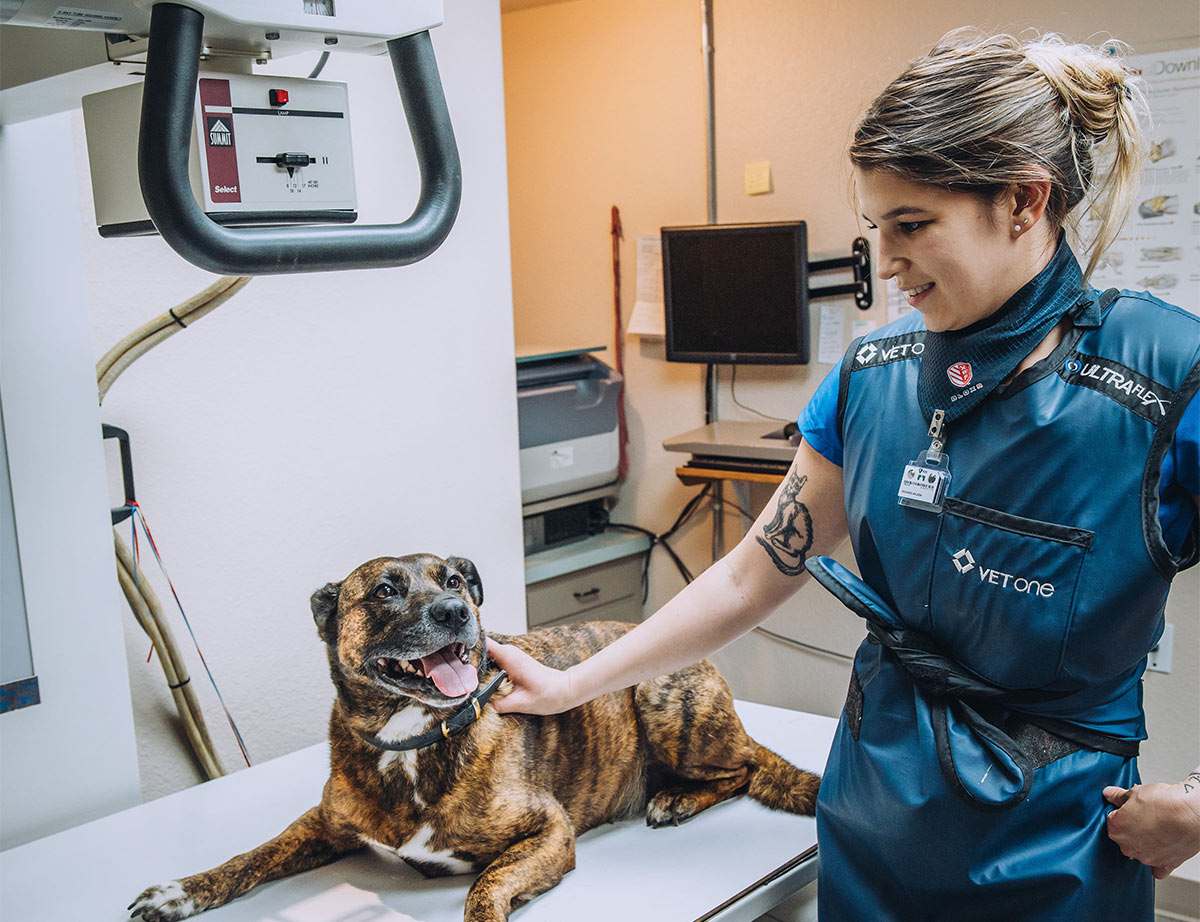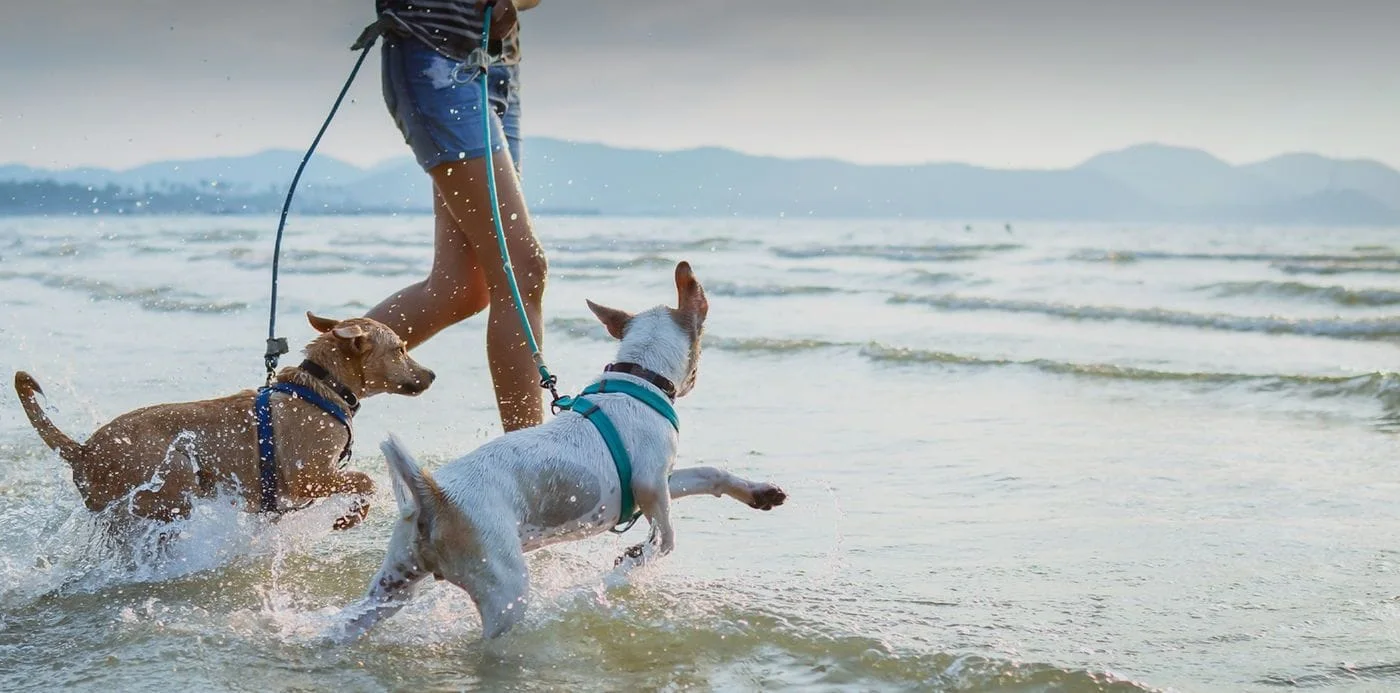Why Pet Rehab Is Critical: the Advantages of Veterinarian Solutions for Your Pet's Recovery
Pet rehab is a necessary element of recovery for animals dealing with injuries or impairments. Veterinary solutions give crucial assistance with customized recovery strategies that resolve specific demands. These plans often consist of discomfort management, physical treatment, and dietary assistance. Understanding the different facets of animal rehab can brighten its value in boosting recuperation outcomes. What specific benefits do these services offer, and how can they change a family pet's healing journey?
Understanding Animal Rehabilitation
Pet rehab encompasses a variety of restorative techniques targeted at bring back the health and functionality of damaged or disabled pets. This field integrates various strategies, including physical treatment, hydrotherapy, and occupational treatment, customized to meet the specific requirements of each animal. Rehabilitation specialists analyze a pet's problem, establishing individualized treatment strategies that may entail exercises to enhance muscles, improve mobility, and enhance total wellness. The process not only focuses on physical recovery but additionally addresses psychological and behavioral facets. Animals often experience anxiety and anxiousness complying with an injury, making psychological health considerations necessary in rehabilitation. By developing a helpful environment, therapists can aid pets restore their confidence and adjust to their new circumstances. Via normal sessions, pets can experience considerable enhancements, ultimately bring about a better lifestyle. Overall, understanding animal rehabilitation highlights its value in advertising recovery and enhancing the bond between animals and their owners.
The Role of Pain Administration in Healing
Exactly how crucial works pain administration in the healing of hurt animals? It plays an important duty in assisting in recovery and boosting the total well-being of family pets. Appropriate discomfort administration not only minimizes pain but also promotes flexibility, allowing pets to participate in recovery tasks required for recovery. When pain is effectively managed, pets often tend to react favorably to therapy, bring about quicker rehab outcomes.Veterinarians utilize numerous techniques to evaluate and address pain, consisting of drugs, acupuncture, and different treatments. By customizing discomfort administration approaches to the individual needs of each animal, veterinarians can guarantee that pet dogs continue to be tranquil and cooperative throughout their recovery journey. Minimizing discomfort helps minimize stress, which can inhibit recovery and prolong recuperation times. To sum up, effective discomfort administration is necessary for improving the recuperation procedure and enhancing the lifestyle for damaged animals.
Physical Therapy Methods for Family Pets
Various physical treatment strategies are available to help in the recovery of pet dogs recuperating from injuries or surgical procedures (emergency vet). These strategies can boost mobility, soothe discomfort, and promote healing. Restorative workouts, as an example, assistance enhance muscles and improve joint function, enabling animals to reclaim their physical capacities gradually. Manual treatment, that includes massage and mobilization, can relieve tension and boost flow, adding to a faster recovery.Other methods such as passive series of activity exercises urge joint versatility and reduce rigidity. Additionally, electrical excitement therapy may be utilized to stimulate nerves and muscular tissues, advertising recovery and pain relief.Veterinary specialists usually customize these strategies to every pet's details requirements, making sure a detailed recovery plan. By executing these physical therapy methods, pets can experience enhanced high quality of life and a much more effective healing from their disorders. The integration of these techniques into rehabilitation programs is necessary for perfect recuperation outcomes
Advantages of Hydrotherapy for Rehabilitation
Hydrotherapy provides substantial benefits in animal recovery, specifically in enhancing movement. This water-based treatment advertises pain alleviation while supplying comfort to injured or recuperating pet dogs. In addition, it promotes strength-building workouts that contribute to total physical recovery.
Enhanced Mobility Improvement
As pets recoup from injuries or surgeries, improved movement frequently comes to be a key goal of their rehabilitation. Hydrotherapy offers as a beneficial tool in achieving this objective. With water-based workouts, animals can engage in low-impact movements that promote joint movement and strengthen muscles without the tension of weight-bearing activities. The buoyancy of water sustains their bodies, enabling for enhanced variety of activity and mobility enhancement. Additionally, hydrotherapy motivates far better equilibrium and sychronisation, which are vital for restoring typical motion patterns. Normal sessions can bring about substantial progression in a pet's physical abilities, eventually boosting their high quality of life. This strategy not just help in recovery yet also advertises a more energetic and satisfying lifestyle post-rehabilitation.
Discomfort Alleviation and Convenience

Relief from pain is a crucial facet of pet recovery, and hydrotherapy greatly adds to this process. By making use of water's buoyancy, hydrotherapy minimizes joint tension and minimizes pain throughout motion. This restorative technique offers a calming setting where pets can take part in gentle exercises without the full weight of their bodies affecting their recuperation. The warm water stimulates blood circulation, promoting recovery while likewise urging leisure. Additionally, hydrotherapy sessions can be customized to fulfill the particular needs of the pet, making sure ideal convenience. As pets experience decreased pain and raised comfort degrees, their general willingness to get involved in rehab tasks usually boosts, causing a more efficient recovery journey. Hydrotherapy offers as a vital device in enhancing discomfort relief and convenience throughout rehabilitation.
Stamina Building Workouts
Strength-building exercises play a crucial function in the rehab process, with hydrotherapy offering unique advantages. This type of therapy makes use of water resistance to improve muscle mass strength without placing excessive strain on the joints. The buoyancy of water sustains the animal's weight, enabling for more secure activity and enhanced array of motion. In addition, hydrotherapy can improve cardiovascular health and promote overall physical fitness, helping in quicker healing from injuries or surgical procedures. The regulated setting likewise lessens the danger of reinjury, making it an ideal alternative for family pets needing rehabilitation. Regular hydrotherapy sessions can bring about visible improvements in movement, strength, and endurance, eventually improving the pet dog's high quality of life and capability to return to normal tasks.
Significance of Personalized Rehab Plans
Customized rehab plans are crucial for addressing the one-of-a-kind demands of each pet, making sure personalized treatment strategies. These strategies permit efficient development tracking and necessary modifications, cultivating optimal recovery results. Additionally, an alternative method can boost the general health of the pet, promoting a more comprehensive rehab experience.
Individualized Treatment Approaches
While several rehabilitation programs take on a one-size-fits-all strategy, the one-of-a-kind needs of each animal necessitate personalized therapy prepare for excellent healing. Custom-made rehab plans consider different factors, consisting of the animal's varieties, age, clinical history, and details injuries or problems. By customizing treatments, vets can resolve each pet's special obstacles, taking full advantage of the performance of the rehabilitation process. Individualized strategies might include various methods such as physical treatment, hydrotherapy, and therapeutic exercises, guaranteeing that the therapy aligns with the animal's capacities and progress. Furthermore, individualized techniques promote a more powerful bond in between the pet dog and the caretaker, promoting a much more engaging and encouraging recovery atmosphere. Eventually, individualized therapy is necessary for achieving best possible results in pet recovery.
Development Tracking and Adjustments

Holistic Recovery Approaches
All natural recuperation approaches are vital for efficient pet rehab, as they highlight the importance of personalized treatment strategies customized to each animal's specific demands. This method considers the physical, emotional, and ecological elements affecting recovery. Custom-made rehabilitation plans might consist of a mix of physical therapy, nutritional counseling, and behavioral adjustments. By resolving these varied facets, vets can boost the total health of the pet and advertise a faster recovery. Such customized strategies help with a much deeper understanding of the animal's one-of-a-kind challenges, leading to much more reliable treatments. Ultimately, alternative recuperation methods not just boost physical health but likewise add to the pet's psychological and emotional stability, making sure a thorough rehabilitation experience.
The Impact of Nourishment on Healing
Nourishment plays a crucial duty in the recovery process for restoring animals, commonly figuring out the speed and efficiency of healing. A well-balanced diet regimen gives the needed nutrients that support tissue repair service, enhance the body immune system, and boost total vigor. Healthy protein is especially crucial, as it helps in muscular tissue restoring and recovery from injuries. Crucial fatty acids, vitamins, and minerals additionally add to minimizing inflammation and advertising optimum mobile function.Veterinarians often highlight the significance of tailored nourishment strategies, thinking about each pet's particular demands, age, and wellness condition. Correct hydration is equally essential, as liquids facilitate nutrient absorption and assistance in detoxing. By making certain that animals get ideal nourishment, caregivers can considerably improve their opportunities of an effective recovery, resulting in better lasting health end results. Ultimately, nutrition functions as a foundational element in the rehab journey, sustaining animals in gaining back strength and resilience post-injury or disease.
Success Stories: Family Pets That Thrived After Rehab
Effective recovery stories abound, showcasing the resilience of family pets that have actually conquered substantial difficulties. Take, for circumstances, Bella, a golden retriever who endured severe injuries from a cars and truck accident. With devoted veterinary treatment and a comprehensive rehab program, she restored her flexibility and went back to her lively self, much to her proprietor's joy. Max, an elderly feline diagnosed with joint inflammation, experienced exceptional improvement with a mix of physical treatment and discomfort monitoring. His newfound dexterity permitted him to enjoy his favored sunbathing places again. One more inspiring instance is that of Coco, a saved greyhound who got over anxiousness via therapy and socialization strategies, enabling her to flourish in her brand-new home. These success stories exemplify the transformative power of pet recovery, highlighting that with the right assistance, animals can not only recover but lead fulfilling lives, enriching the bonds they share with their family members.
Often Asked Inquiries
For how long Does the Rehab Process Generally Take for Pets?
The rehabilitation procedure for pets typically varies based upon the injury or problem, ranging from a few weeks to a number of months. Specific development, therapy kind, and commitment to exercises greatly influence the overall duration of healing.
Are There Any Kind Of Risks Connected With Animal Rehabilitation?
Animal rehabilitation might lug risks such as worsening of injuries, inappropriate strategies leading to pain, or inadequate tracking during recuperation. These variables can hinder progression and influence the overall effectiveness of the rehabilitation process.

Can All Pets Gain From Rehabilitation Providers?
Not all pet dogs might need recovery, however numerous can benefit considerably. Rehabilitation solutions can boost flexibility, alleviate pain, and enhance overall wellness, specifically for those recouping from injuries, surgical treatments, or chronic problems.
Just How Can I Prepare My Pet Dog for Recovery Sessions?

What Signs Show My Animal Demands Recovery?
Indications showing an animal might require rehabilitation include trouble strolling, limping, lowered activity degrees, reluctance to jump, or indicators of discomfort. Observing these behaviors can trigger owners to look for specialist examination and therapy for their pet dogs.